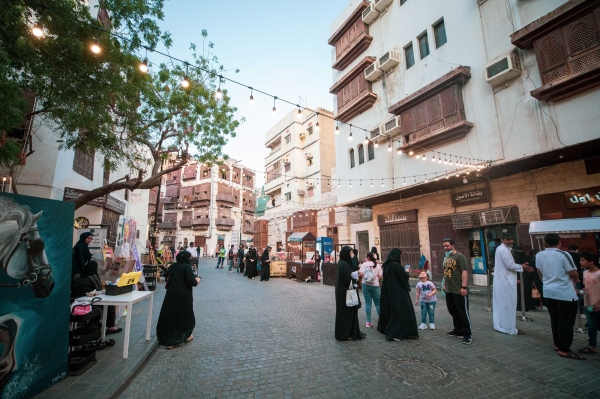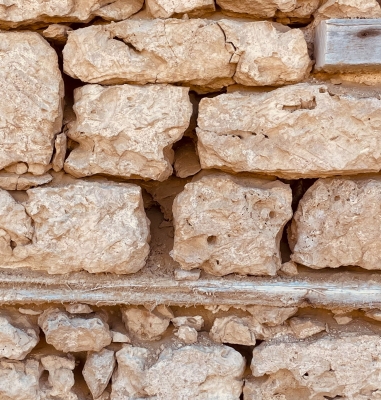

Al-Rawshan, plural "al-Rawashin," are traditional house windows or prominent wooden coverings for windows and external openings. They are one of the traditional building styles in Makkah al-Mukarramah, al-Madinah al-Munawwarah, Jeddah, and Yanbu cities. These wooden decorations are affixed to house windows to give them artistic shapes that allow sunlight and air to enter the home while blocking external views.
Al-Rawashin share a general shape but differ in the details of their decorations, which often highlight the material status of the house owners. Al-Rawashin are manifestations of human adaptation to their environment, as they are made from natural resources suitable for the local climate. Their design considers the nature of the inhabitants, with small openings that allow light to pass through while granting the house privacy.
Nassif House in Historic Jeddah, Jeddah City, stands out as one of the traditional houses that have preserved their heritage elements, including al-Rawashin. Built in 1872, it is one of the houses where the founding King Abdulaziz Bin Abdulrahman Al Saud stayed. It has been restored to preserve its shape and architecture, reflecting the traditional architecture of the region.
Related quizzes

